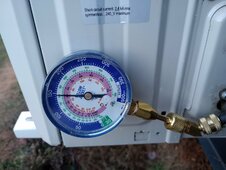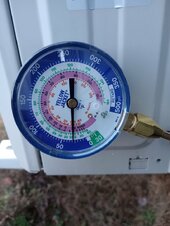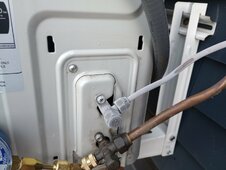I did a load calculation and slightly oversized the overall system over what the calc said.The numbers are specific to each individual unit.
Was a heating load calculation ever done? If not start with that.
You should choose equipment based on that data. It's not likely that you can "fix" the current equipment if it was not correctly designed to begin with.
I know the numbers are different for different units. I just posted that because it looks like 45 is indoor air temp and 70/59 is outdoor dry bulb/ wet bulb





